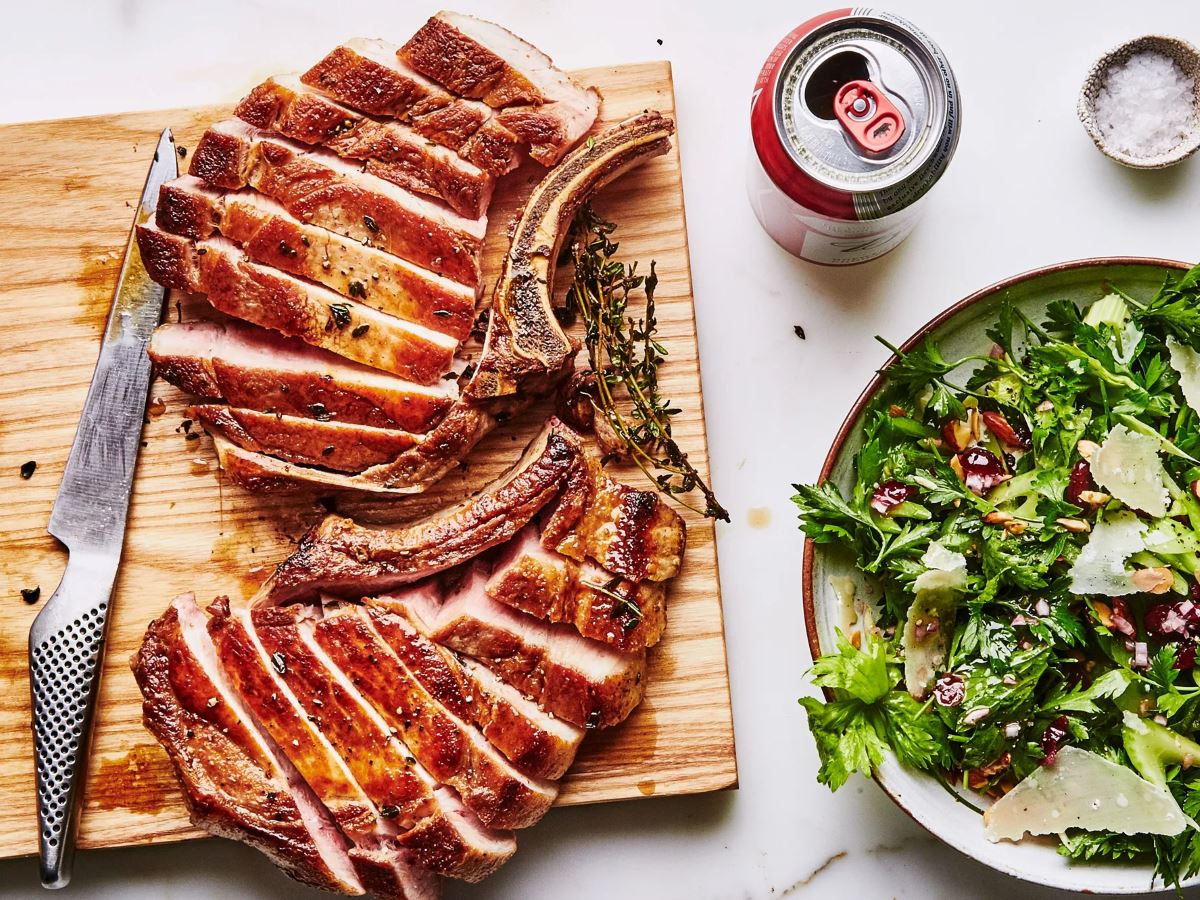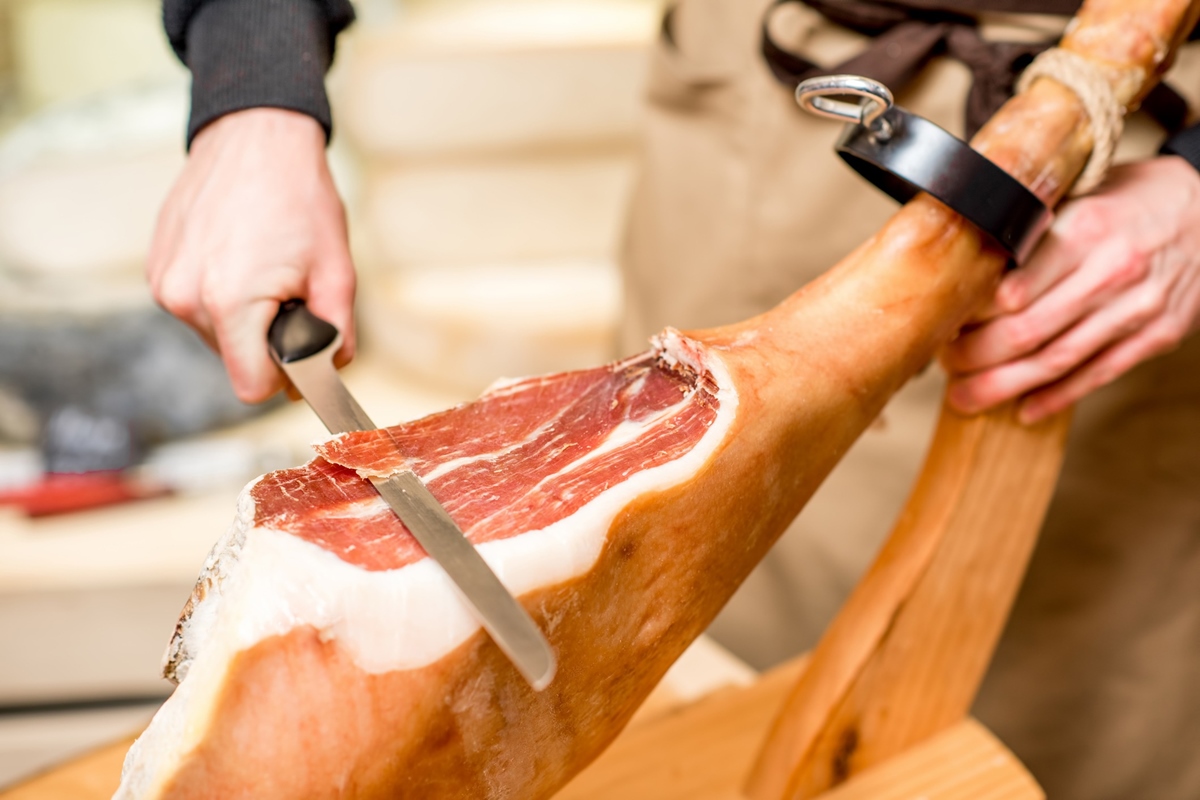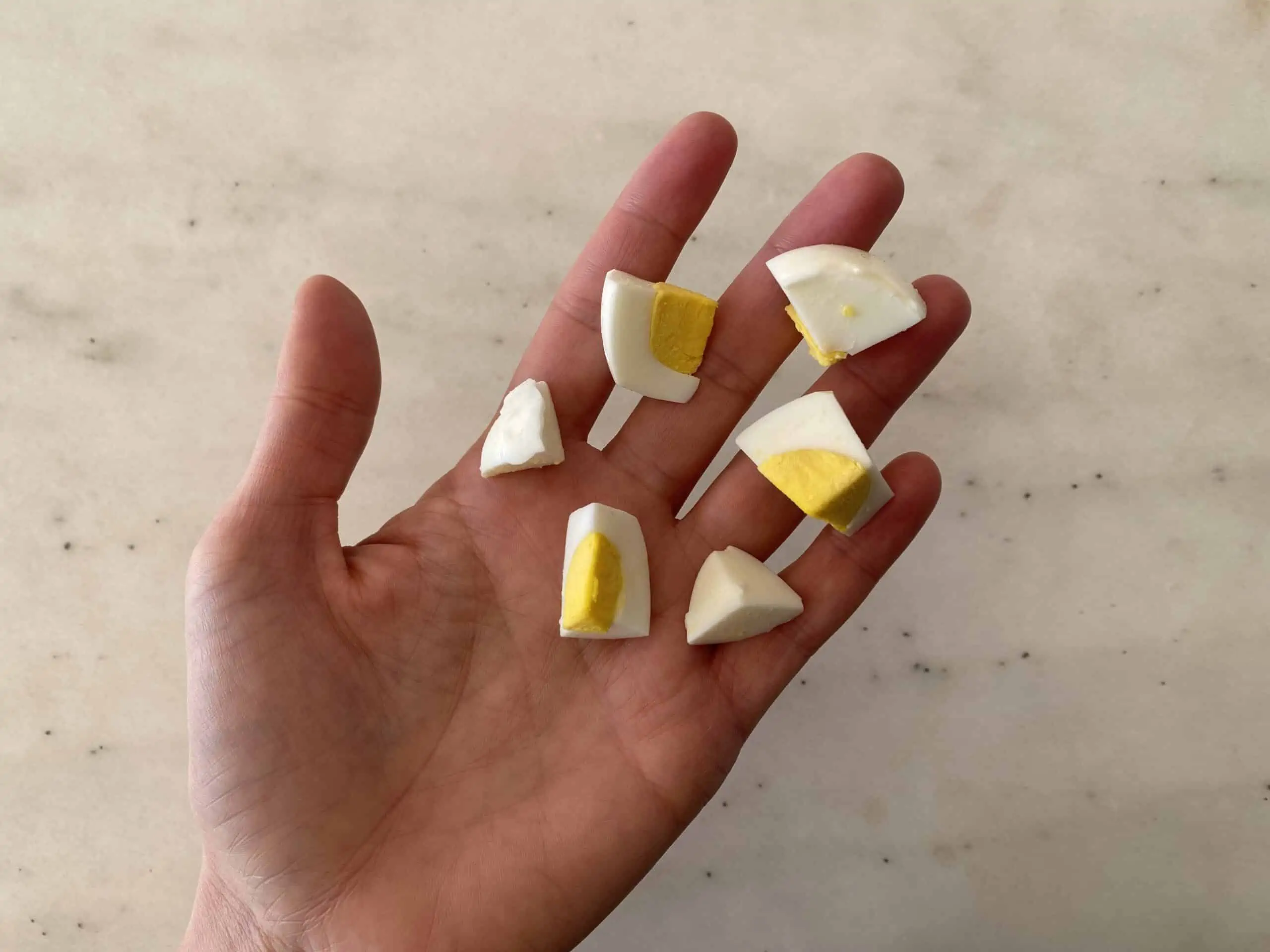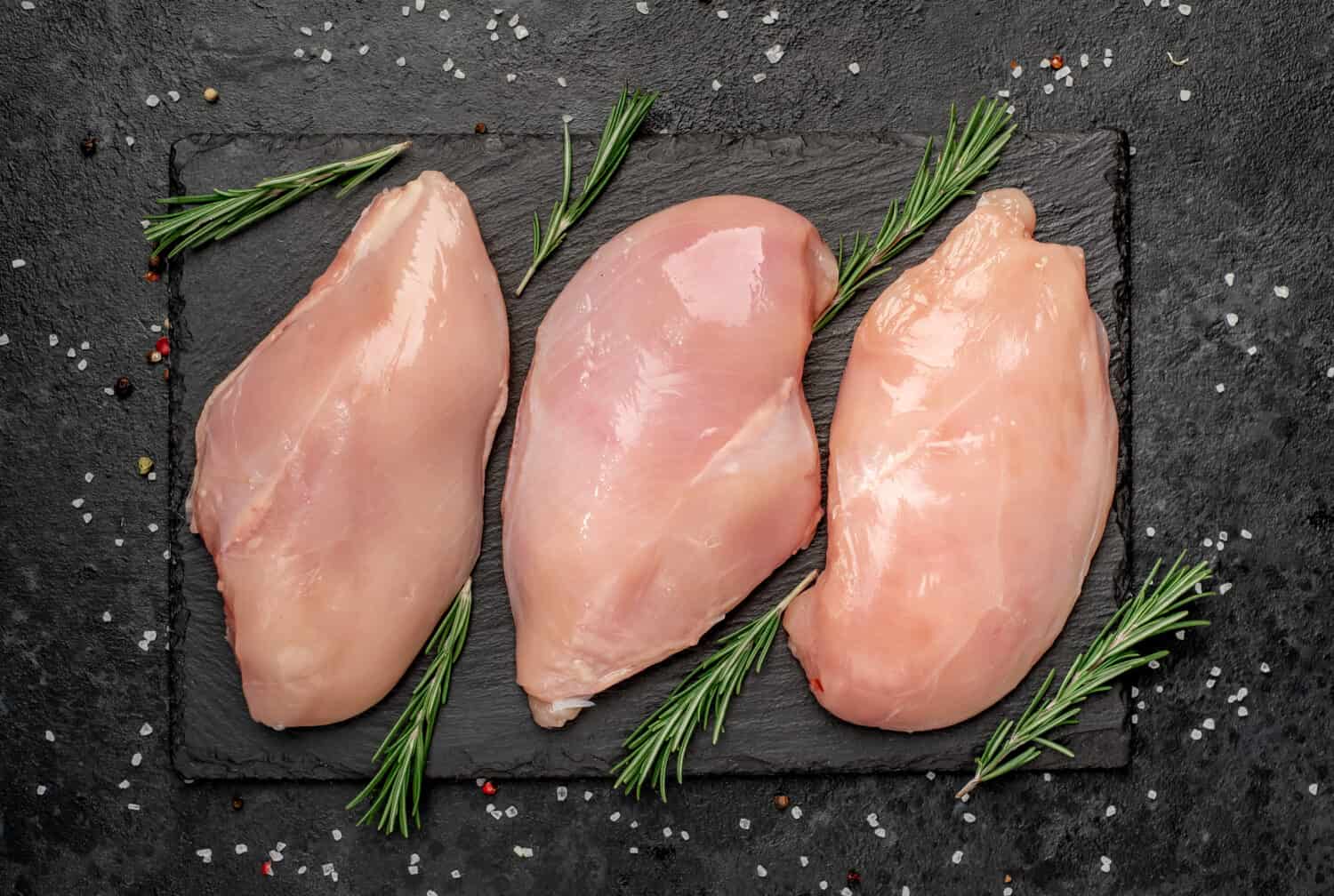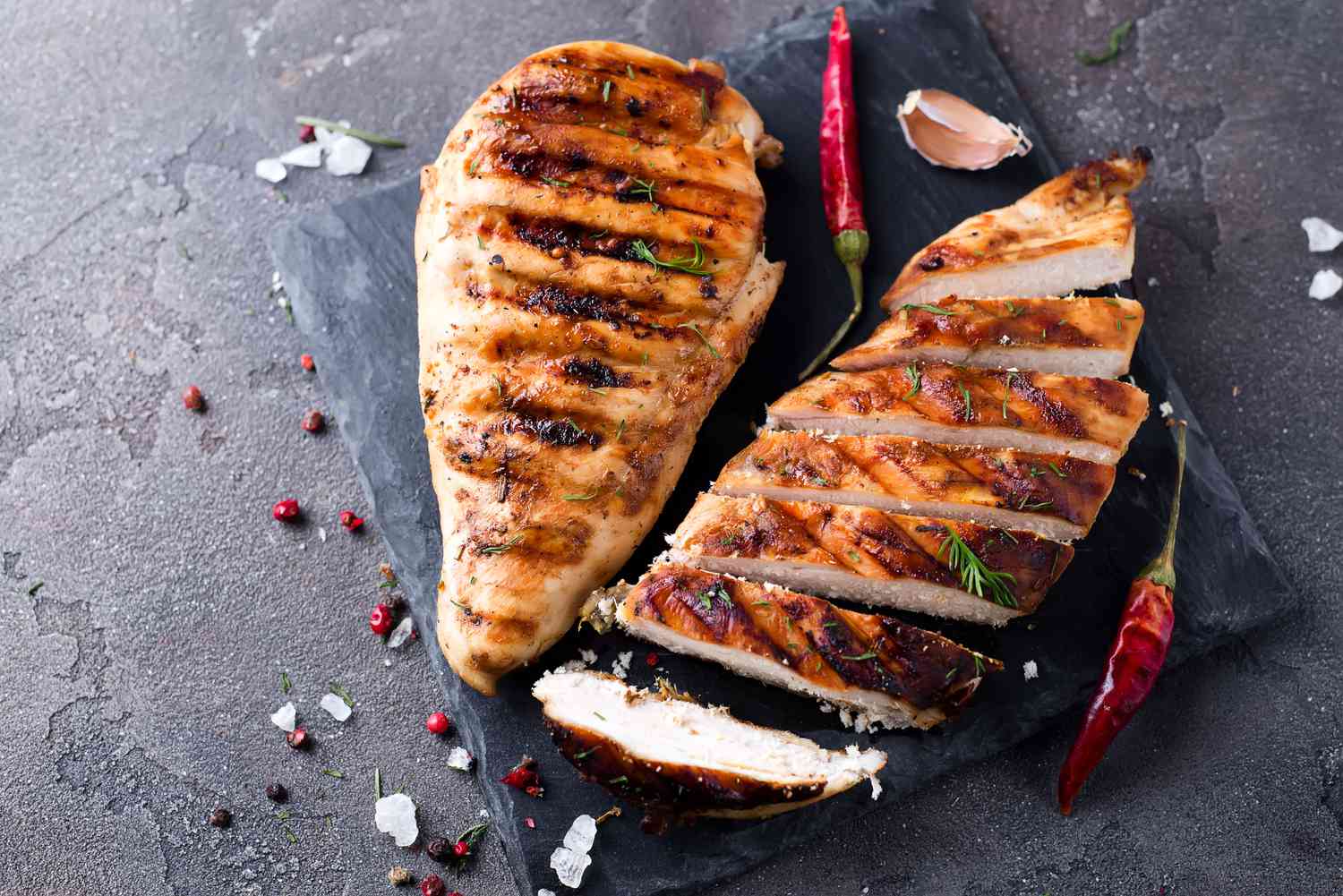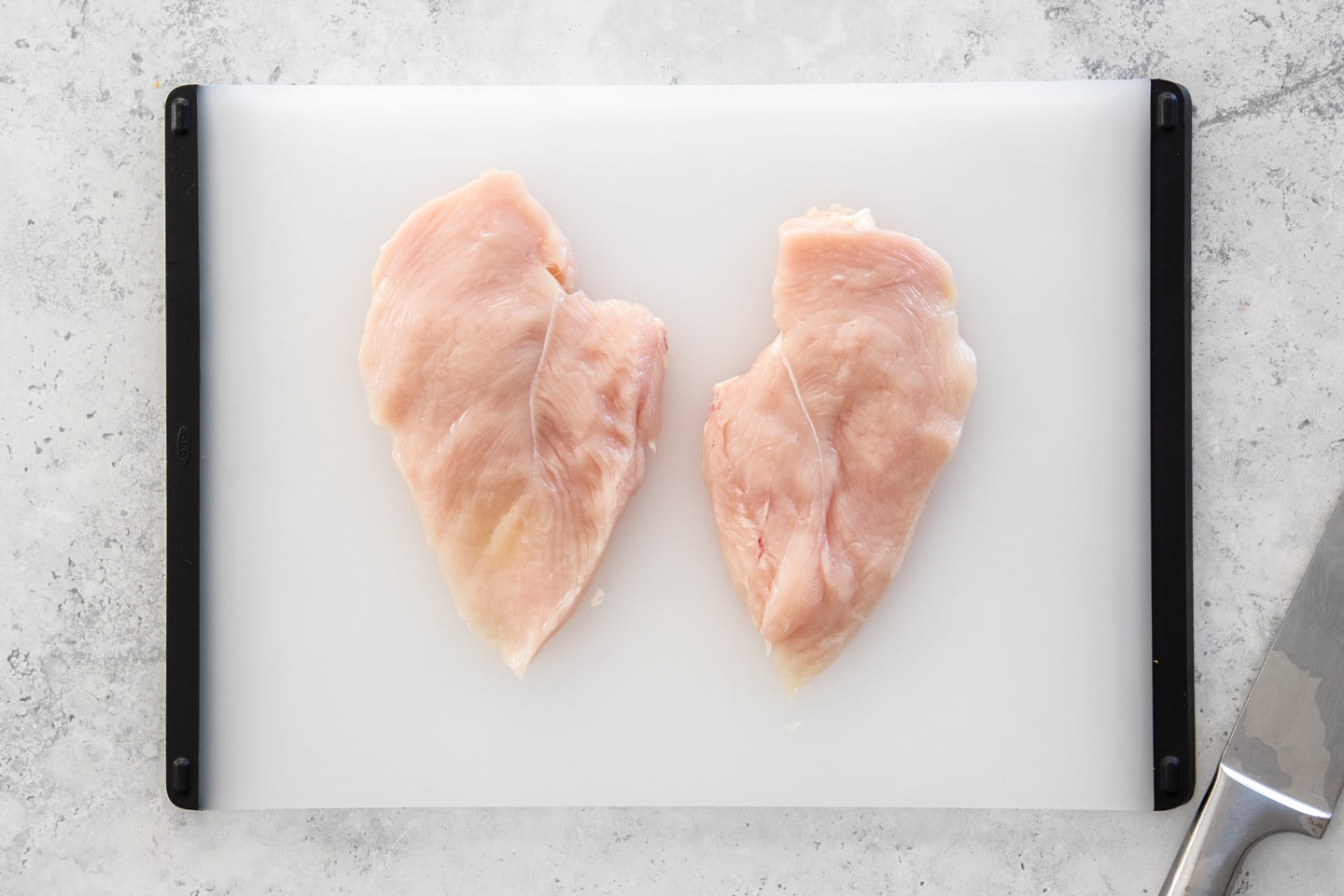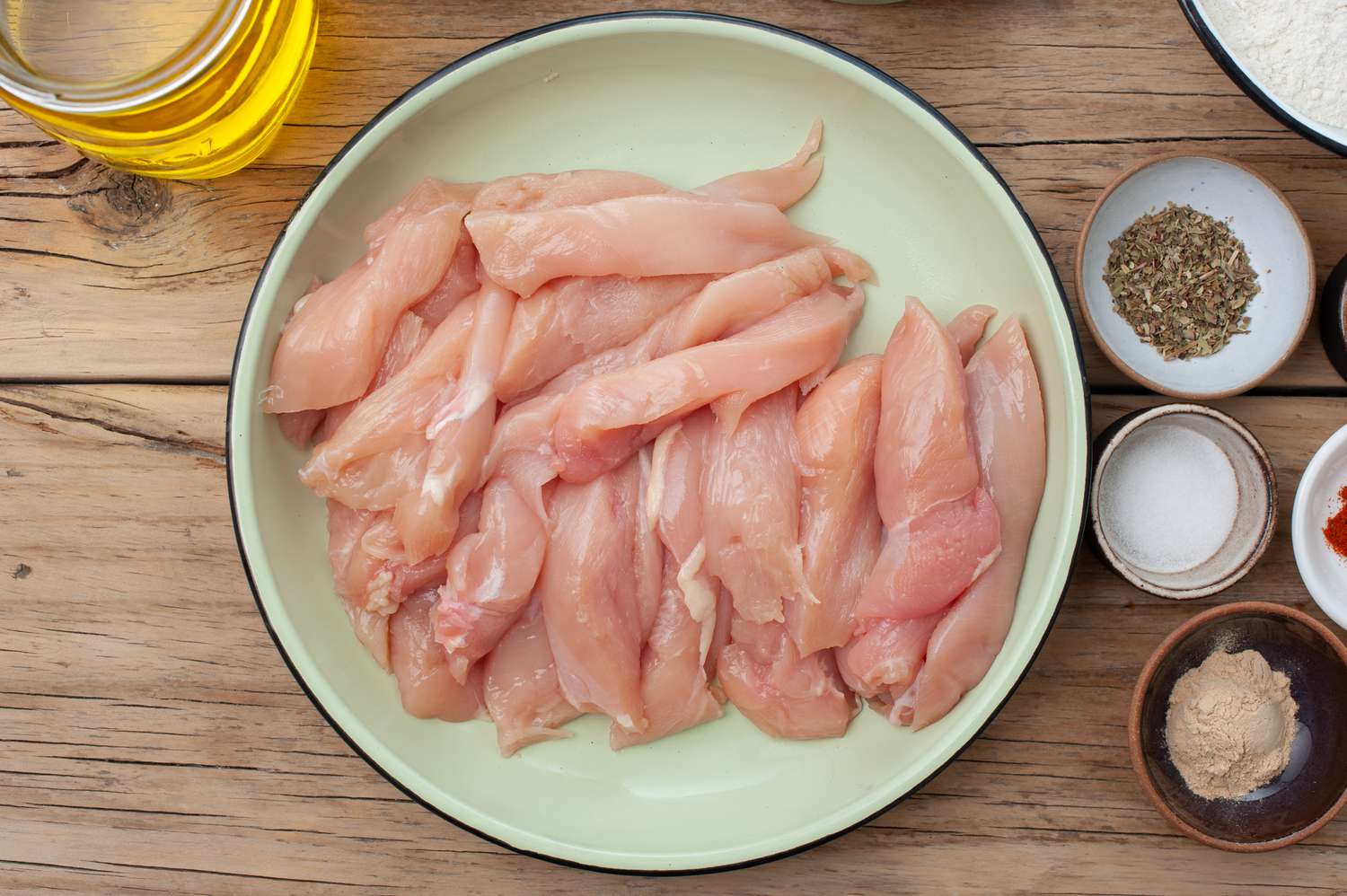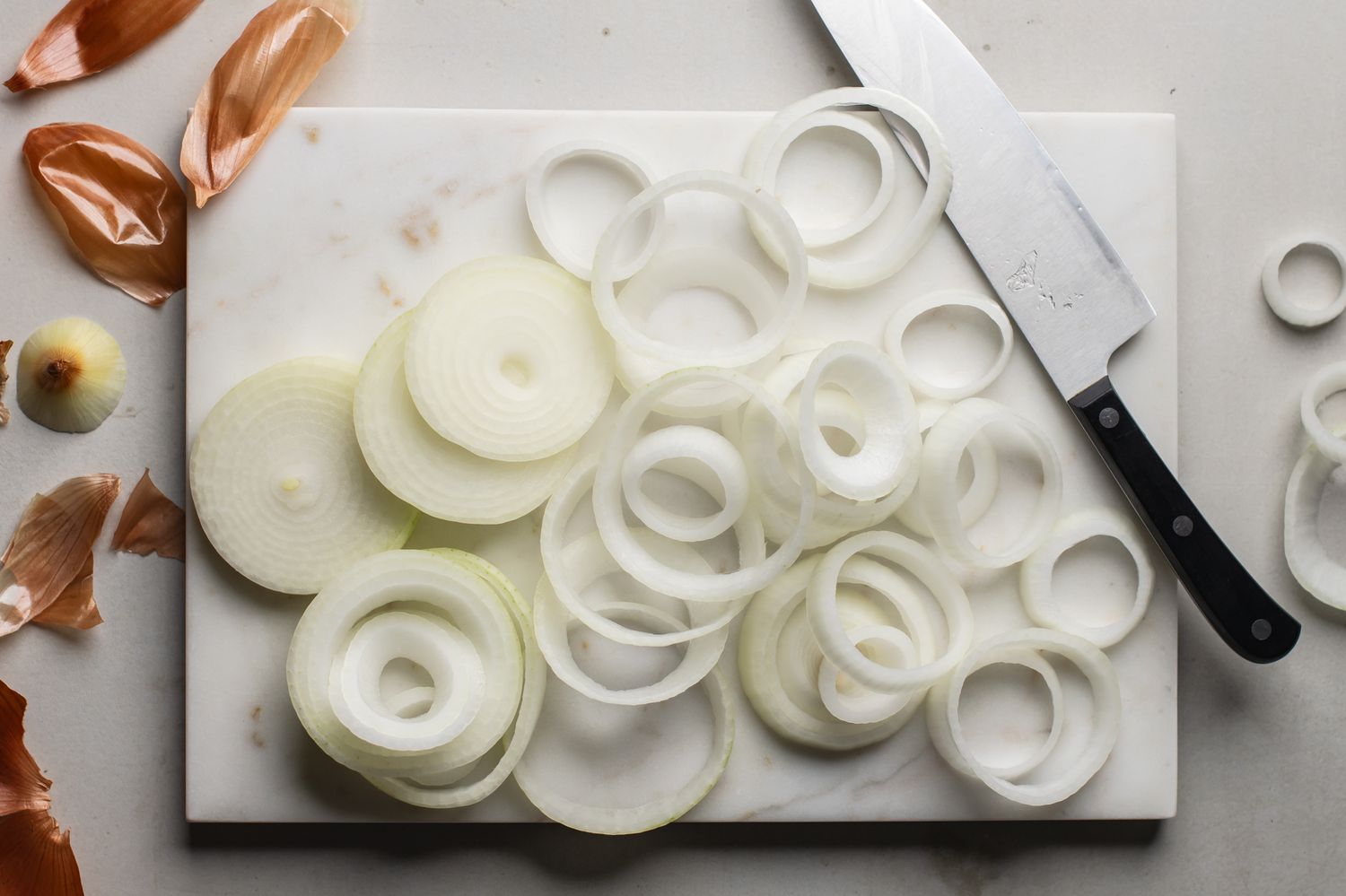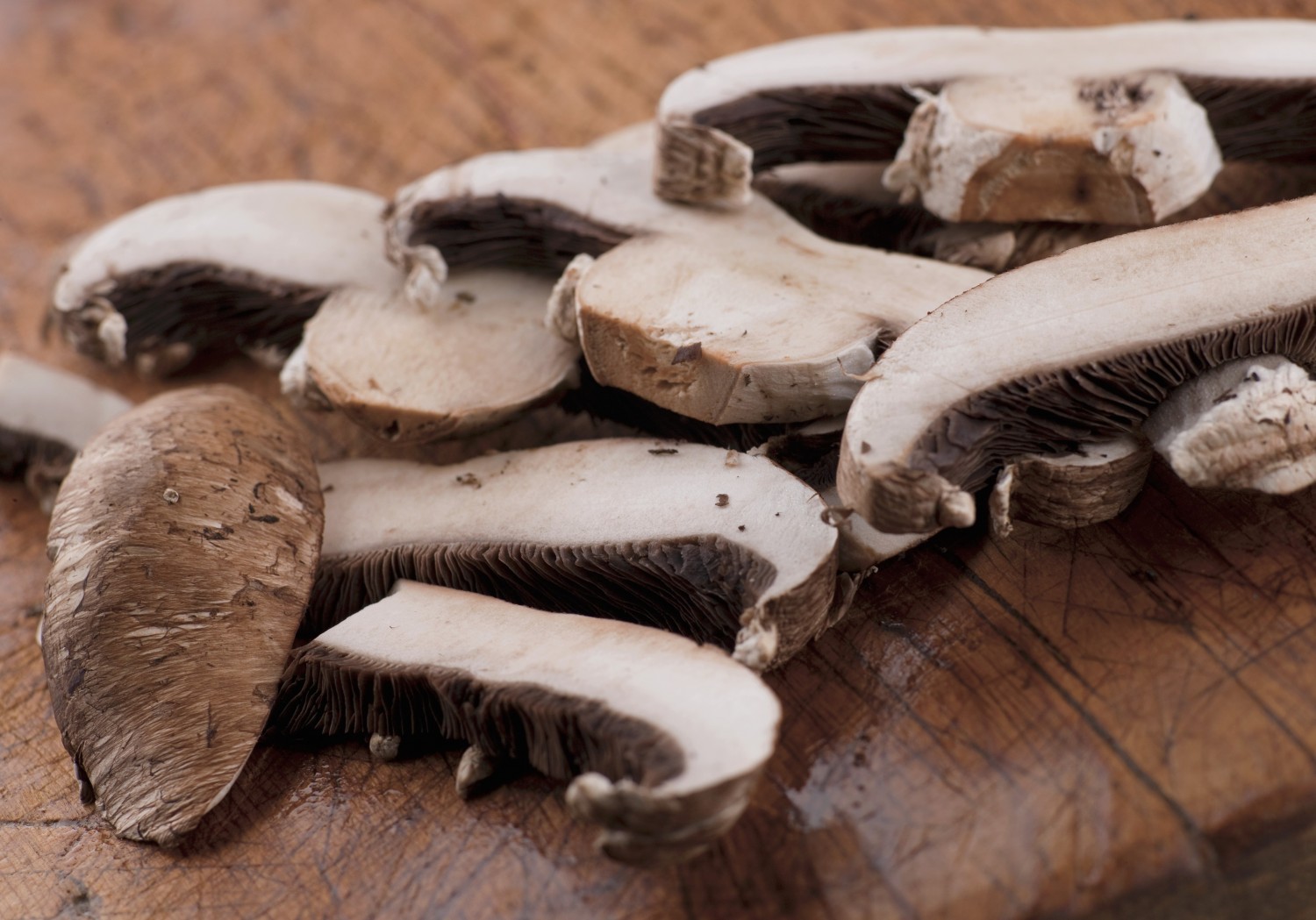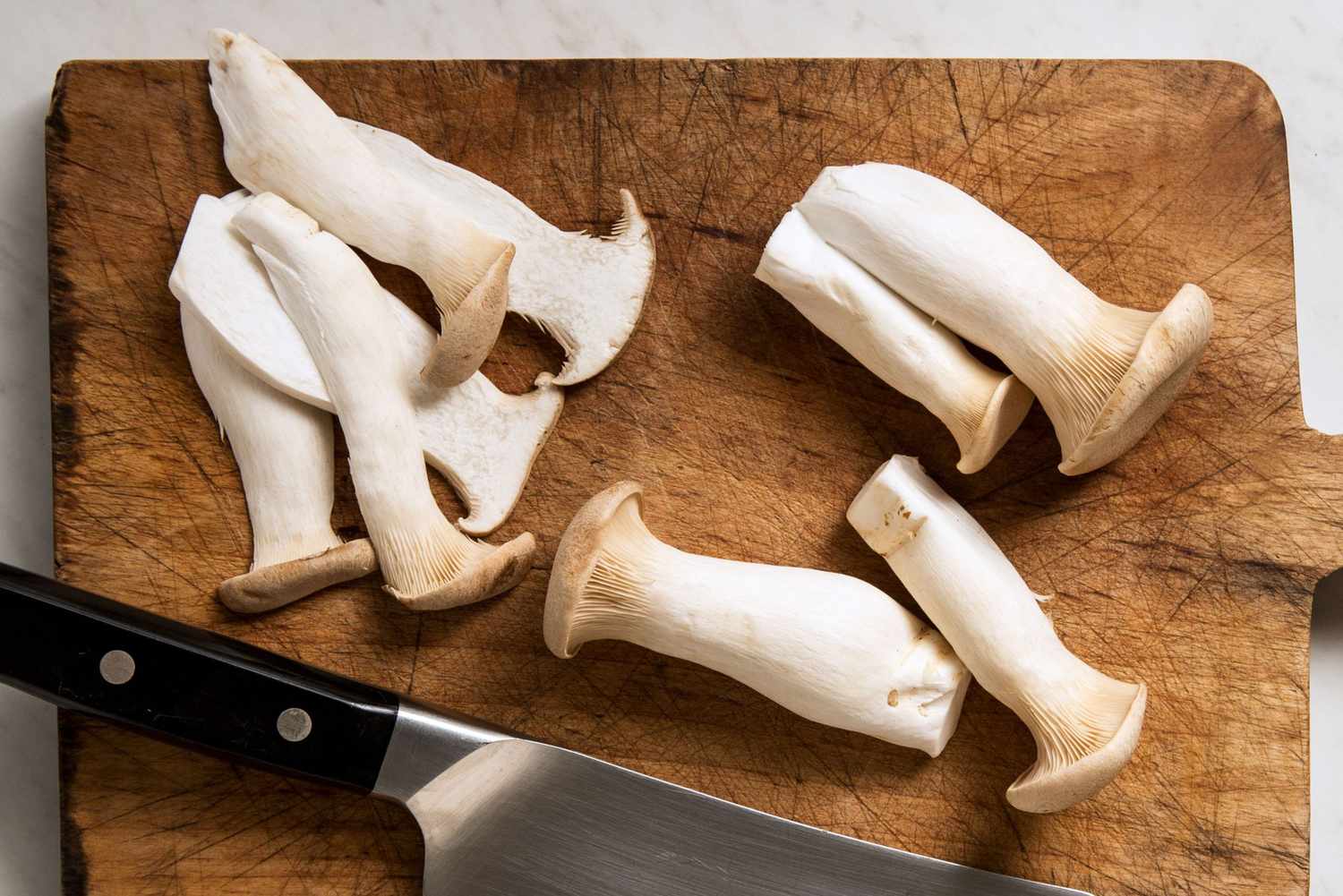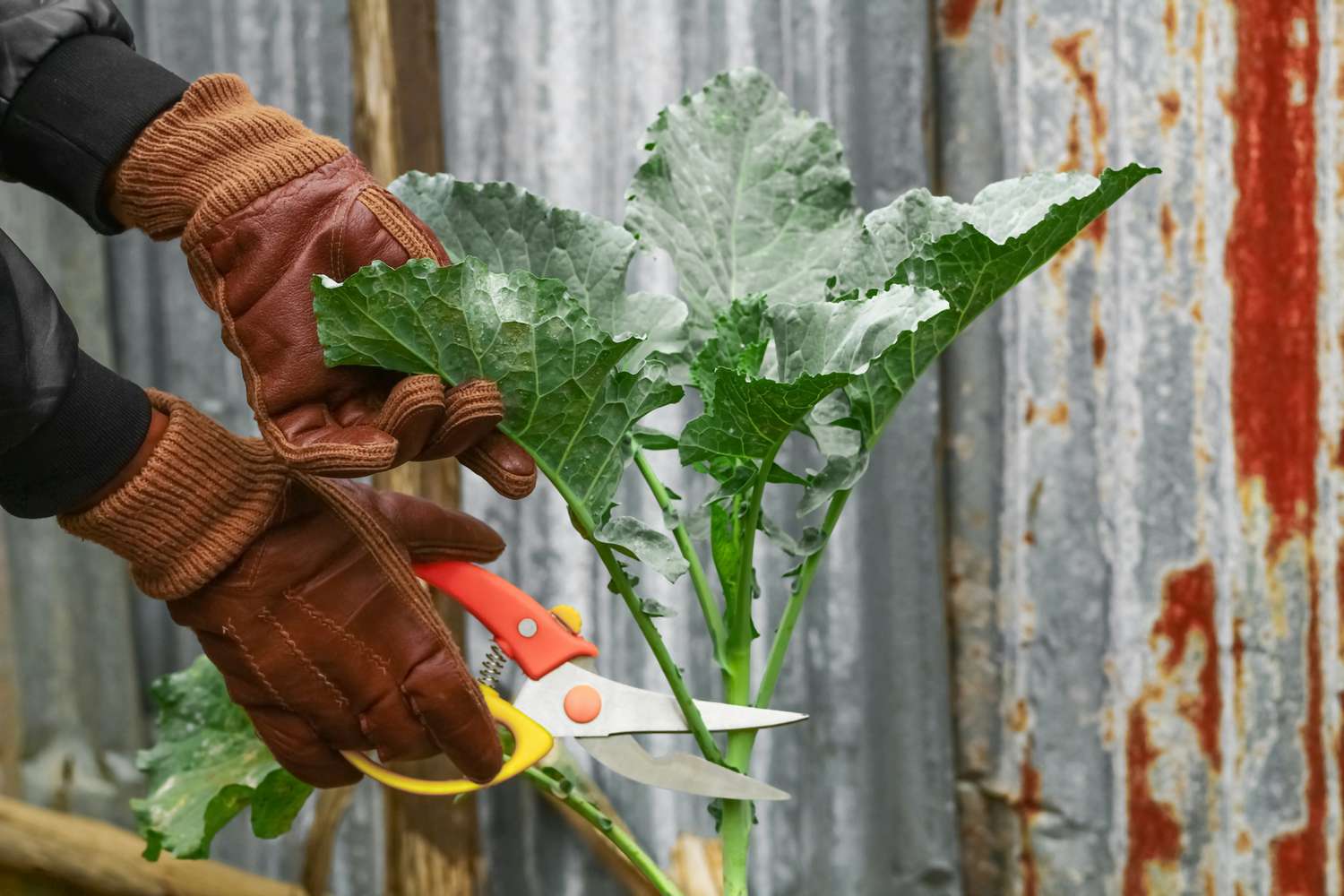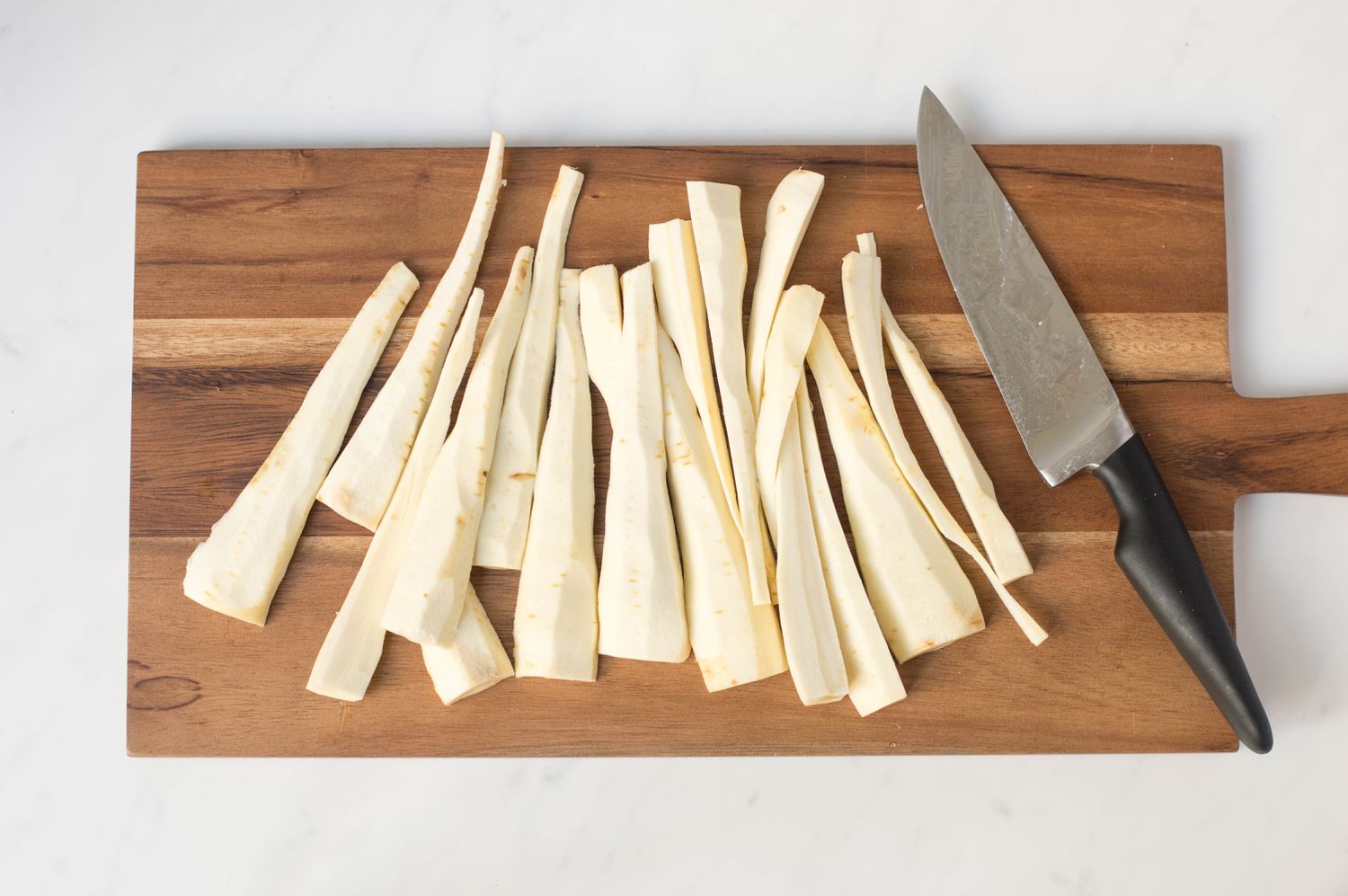How To Cut A Ribeye Roast Into Steaks
If you’re a meat lover, then you know there’s nothing quite like a juicy and flavorful ribeye steak. While you can always buy pre-cut steaks from the grocery store, there’s something special about being able to cut your own steaks from a ribeye roast. Not only does it give you more control over the thickness of the steaks, but it also allows you to save some money by buying the roast in bulk. In this guide, we’ll walk you through the steps of cutting a ribeye roast into mouthwatering steaks.
What You’ll Need
- Large cutting board
- Sharp carving knife or a butcher knife
- Butcher’s twine (optional)
Step 1: Choose a Quality Ribeye Roast
Start by selecting a high-quality ribeye roast from a trusted butcher or grocery store. Look for a roast that is well-marbled with fat, as this will greatly enhance the flavor and tenderness of your steaks. A prime or choice grade ribeye roast will give you the best results.
Step 2: Prepare Your Cutting Surface
Make sure your cutting board is clean and dry. It’s also a good idea to use a cutting board with a groove or trench to catch any juices that may run off while cutting the roast. This will help keep your work area clean and make cleanup easier.
Step 3: Remove Excess Fat
Take a look at your ribeye roast and identify any large pieces of excess fat. While fat adds flavor, too much can make your steaks greasy. Use a sharp knife to trim away any excess fat, leaving a thin layer to enhance the flavor and moisture of the meat.
Step 4: Determine Steak Thickness
Decide how thick you want your steaks to be. A typical ribeye steak is around 1 to 1.5 inches thick, but you can adjust it to your preferences. Remember that thicker steaks will require longer cooking times.
Step 5: Cut Against the Grain
Locate the grain of the meat – the long muscle fibers that run along the roast. Cutting against the grain will result in more tender steaks. Use a sharp knife to slice across the grain, dividing the roast into individual steaks. Aim for evenly-sized cuts to ensure even cooking.
Step 6: Tie with Butcher’s Twine (Optional)
If you prefer, you can tie each steak with butcher’s twine to help them maintain their shape during cooking. This step is optional, but it can be particularly useful if you plan on grilling or pan-searing your steaks.
Step 7: Season and Cook
Now that your ribeye steaks are ready, it’s time to season them to your liking and cook them to perfection. You can marinate them, use your favorite dry seasoning rub, or simply season with salt and pepper. Cook your steaks on a hot grill, in a cast-iron skillet, or under the broiler until they reach your desired level of doneness.
By following these steps, you can transform a ribeye roast into a delectable array of steaks that will impress your family and friends. Cutting your own steaks not only allows you to tailor the thickness to your liking but also ensures the freshest and most flavorful results. So grab a sharp knife, a beautiful ribeye roast, and get ready to enjoy some mouthwatering steaks!
Once they've mastered cutting a ribeye roast into steaks, readers can try out several delectable recipes. For a straightforward yet delicious option, the Classic Grilled Ribeye Steak is a must-try. If they prefer cooking indoors, the Cast Iron Skillet Ribeye Steak offers a rich, caramelized crust. For a more adventurous flavor, the Ribeye Steak with Chimichurri Sauce adds a zesty kick. Those looking to impress with complex flavors should go for the Ribeye Steak with Red Wine Reduction or Ribeye Steak with Herb Butter, both of which elevate the meat's natural richness. For a unique twist, Ribeye Steak with Peppercorn Sauce or Ribeye Steak with Balsamic Glaze provide a peppery or tangy contrast that's sure to delight any palate.
Was this page helpful?
Read Next: How To Cut Carrots Diagonally
